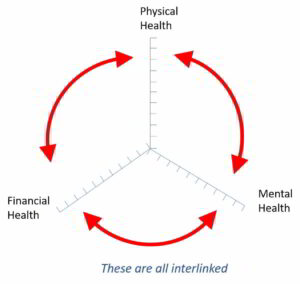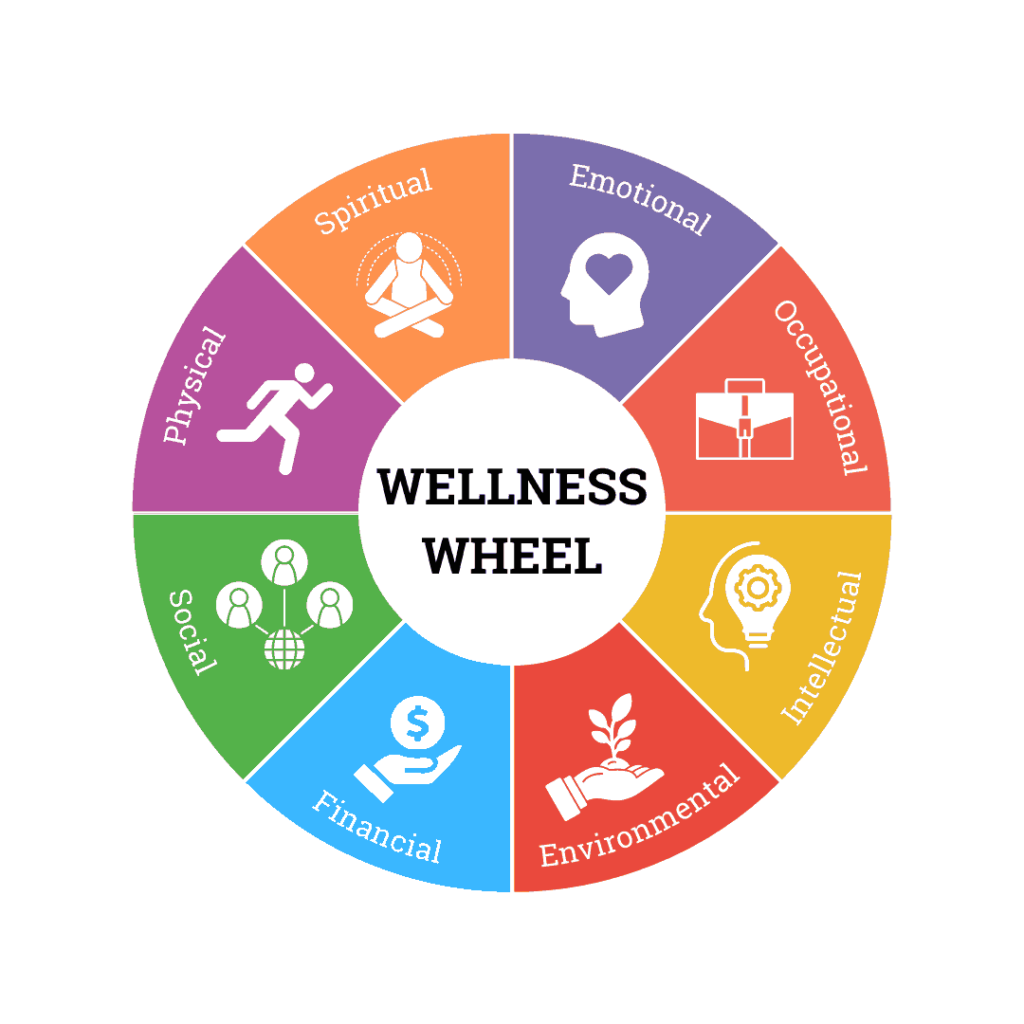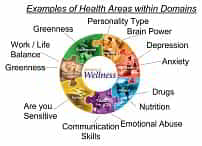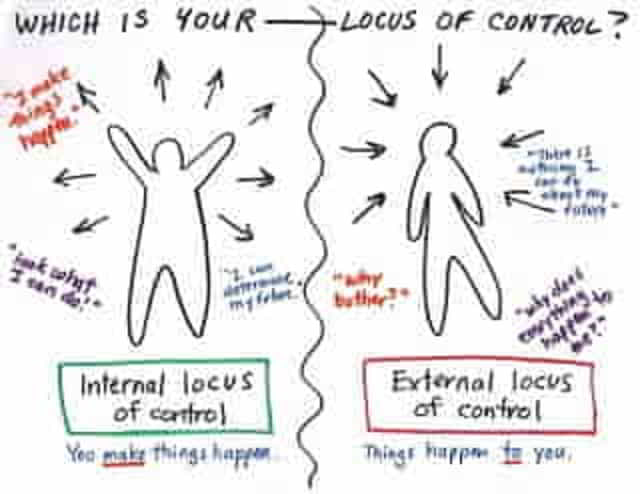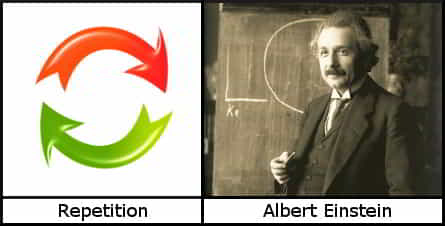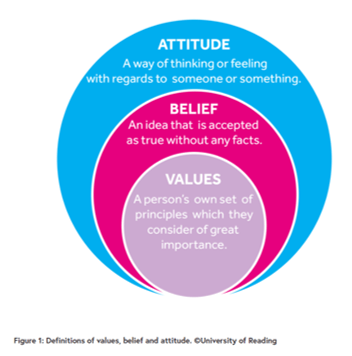Your Dashboard Tools
it's 11 Apr, 2025 11:35 am
Improving my communication skills
field_5f0c304c72876 - is the title of the exercise
Exercise Summary
Improving Communication:
Developing Effective Communication Skills
Effective communication skills are fundamental to success in many aspects of life. Many jobs require strong communication skills. People with good communication skills also usually enjoy better interpersonal relationships with friends and family.
Effective communication is therefore a key interpersonal skill and learning how to improve your communication has many benefits. However, many people find it difficult to know where to start. This page sets out the most common ‘problem areas’ and suggests where you might focus your attention.
Main Activity
Study, educate and create an action plan of activity
A Two-Way Process
Communication is a two-way process. It involves both how we send and receive messages. Receiving includes both how we take in the message (reading or listening, for example), and the ‘decoding’ of the message.
Improving communication may therefore also involve either or both elements.
However, many of the most common issues actually lie in receiving rather than sending messages.
Identifying Problems
Many people appreciate that they have a problem with communication skills, but struggle to know where to start to improve. There are a number of ways that you can identify particular problem areas, including:
a) Ask your friends, family and colleagues to advise you. Most people will be happy to help you with your journey towards self-improvement. They may even have been waiting for just this opportunity for some time.
TOP TIP!
You may find it helpful to use a structure like ‘Start, Continue, Stop’ when seeking feedback: Ask people to tell you one or two things that you need to start doing, one or two to continue, and one or two to stop. This ensures that you get action-focused feedback that is also relatively brief.
b) Use a self-assessment tool like our Interpersonal Skills Self-Assessment. This will help you to identify the most important areas for improvement.
c) You could instead simply work to improve the most common problem areas and see what happens.
Four Key Areas for Improvement
There are generally four main areas of communication skills that most of us would do well to improve. These are listening, non-verbal communication, emotional awareness and management, and questioning.
1. Learn to Listen
One of the most common areas to need improvement is listening.
We all have a tendency to forget that communication is a two-way process. We fall into the trap of ‘broadcasting’, where we just issue a message, and fail to listen to the response. Quite a lot of the time, we are not really listening to others in conversation, but thinking about what we plan to say next.
Improving your listening skills is likely to pay off in improvements in your relationships both at work and at home.
What, however, is listening? Listening is not the same as hearing. Learning to listen means not only paying attention to the words being spoken but also how they are being spoken and the non-verbal messages sent with them. It means giving your full attention to the person speaking, and genuinely concentrating on what they are saying—and what they are not saying.
Good listeners use the techniques of clarification and reflection to confirm what the other person has said and avoid any confusion. These techniques also demonstrate very clearly that you are listening, just like active listening.
2. Studying and Understanding Non-Verbal Communication
Much of any message is communicated non-verbally. Some estimates suggest that this may be as much as 80% of communication.
It is therefore important to consider and understand non-verbal communication – particularly when it is absent or reduced, such as when you are communicating in writing or by telephone.
Non-verbal communication is often thought of as body language, but it actually covers far more. It includes, for example, tone and pitch of the voice, body movement, eye contact, posture, facial expression, and even physiological changes such as sweating.
You can therefore understand other people better by paying close attention to their non-verbal communication. You can also ensure that your message is conveyed more clearly by ensuring that your words and body language are consistent.
Find out more in our pages on non-verbal communication.
3. Emotional Awareness and Management
The third area of communication is awareness of our own and other people’s emotions, and an ability to manage those emotions.
At work it is easy to fall into the trap of thinking that everything should be logical, and that emotion has no place. However, we are human and therefore messy and emotional. None of us can leave our emotions at home—and nor should we try to do so. That is not to say that we should ‘let it all hang out’. However, an awareness of emotions, both positive and negative, can definitely improve communication.
This understanding of our own and others’ emotion is known as Emotional Intelligence.
There is considerable evidence that it is far more important to success in life than what we might call ‘intellectual intelligence’.
Emotional intelligence covers a wide range of skills, usually divided into personal skills and social skills. The personal skills include self-awareness, self-regulation and motivation. The social skills include empathy and social skills. Each one of these is broken down into more skills.
For example:
– Self-awareness consists of emotional awareness, accurate self-assessment and self-confidence.
– Empathy is the ability to ‘feel with’ others: to share their emotions and understanding them. It includes understanding others, developing them, having a service orientation, valuing and leveraging diversity, and political awareness.
Fundamentally, the principle behind the different skills that make up emotional intelligence is that you have to be aware of and understand your own emotions, and be able to master them, in order to understand and work well with others.
4. Questioning Skills
The fourth area where many people struggle is questioning.
Questioning is a crucial skill to ensure that you have understood someone’s message correctly. It is also a very good way of obtaining more information about a particular topic, or simply starting a conversation and keeping it going. Those with good questioning skills are often also seen as very good listeners, because they tend to spend far more time drawing information out from others than broadcasting their own opinions.
Transmitting Messages
The four key areas of communication above all share one common characteristic: they are all (or mostly) about receiving messages.
There are, however, also important things that you can do to improve the likelihood of being able to ‘transmit’ a message effectively. For example:
– Do not simply say the first thing that comes into your head. Instead take a moment and pay close attention to what you say and how you say it.
– Focus on the meaning of what you want to communicate.
– Consider how your message might be received by the other person, and tailor your communication to fit.
– By communicating clearly, you can help avoid misunderstandings and potential conflict with others. You can, for example, check that they have understood by asking them to reflect or summarise what they have heard and understood.
– It can also be helpful to pay particular attention to differences in culture, past experiences, attitudes and abilities when conveying your message. Avoid jargon and over-complicated language, and explain things as simply as possible. Always avoid racist and sexist terms or any language that may cause offence. For more about this, see our pages on Intercultural Communication and Intercultural Awareness.
– You may also find it helpful to read our pages about Verbal Communication, Effective Speaking and Building Rapport.
Other Aspects That Can Affect Communication
There are a number of other elements and aspects that can affect how a message is both transmitted and received. They include the use of humour, the way that you treat people more generally, and your own attitude—both to life generally and to the other person and communicating.
Using Humour
Laughing releases endorphins that can help relieve stress and anxiety. Most people like to laugh and will feel drawn to somebody who can make them laugh. Don’t be afraid to be funny or clever, but do ensure your humour is appropriate to the situation. Use your sense of humour to break the ice, to lower barriers and gain the affection of others. By using appropriate humour you will be perceived as more charismatic.
Treat People Equally
Always aim to communicate on an equal basis and avoid patronising people. Do not talk about others behind their backs and try not to develop favourites. By treating people as your equal and also equal to each other, you will build trust and respect. If confidentiality is an issue, make sure its boundaries are known and ensure its maintenance.
Attempt to Resolve Conflict
It is almost always helpful to resolve problems and conflicts as they arise, rather than letting them fester. The most effective communicators are also good mediators and negotiators. They are not biased or judgmental but instead ease the way for conflict resolution.
Maintain a Positive Attitude and Smile
Few people want to be around someone who is miserable. Do your best to be friendly, upbeat and positive with other people. Maintain a positive, cheerful attitude to life. When things do not go to plan, stay optimistic and learn from your mistakes. If you smile often and stay cheerful, people are more likely to respond positively to you.
Similarly, if something makes you angry or upset, wait for a few hours and calm down before taking action. If you do complain, do so calmly, try to find some positive aspects to the situation and avoid giving unnecessary criticism.
Minimise Stress
Some communication scenarios are, by their nature, stressful. Stress can however be a major barrier to effective communication. All parties should therefore try to remain calm and focused.
For tips and advice about stress relief and avoidance see our pages Avoiding Stress and Tips for Relieving Stress. It is also important to learn how to relax, and we have a series of pages covering Relaxation Techniques.
A lifelong learning journey
For most of us, improving our communication skills is an ongoing process. There is unlikely to ever come a point at which any of us could honestly say that we could learn no more about communication: that we were now experts, and never got it wrong. Just because we will never be ‘experts’, however, does not mean that we should not start the process of improvement.
Improving your communication skills will almost certainly ease and improve all your interpersonal relationships, both at home and at work. It is an investment of time that will very definitely pay off.
Video
Title
Summary
Play
Now you have to decide if you want this exercise to be part of your action plan.
If you don’t, then either hit the back arrow or click the button to go back to look at another exercise.
If you do, then carry on down the page and follow the instructions.
If you want to include this exercise in your action plan, select Yes from on the right then click the green button saying ‘Include this exercise’.
Sadly you’ll go back to the top of this page – please scroll down and fill in the bits that appear before here.
Add a comment
You can leave a comment below – we’ll get back to you.
